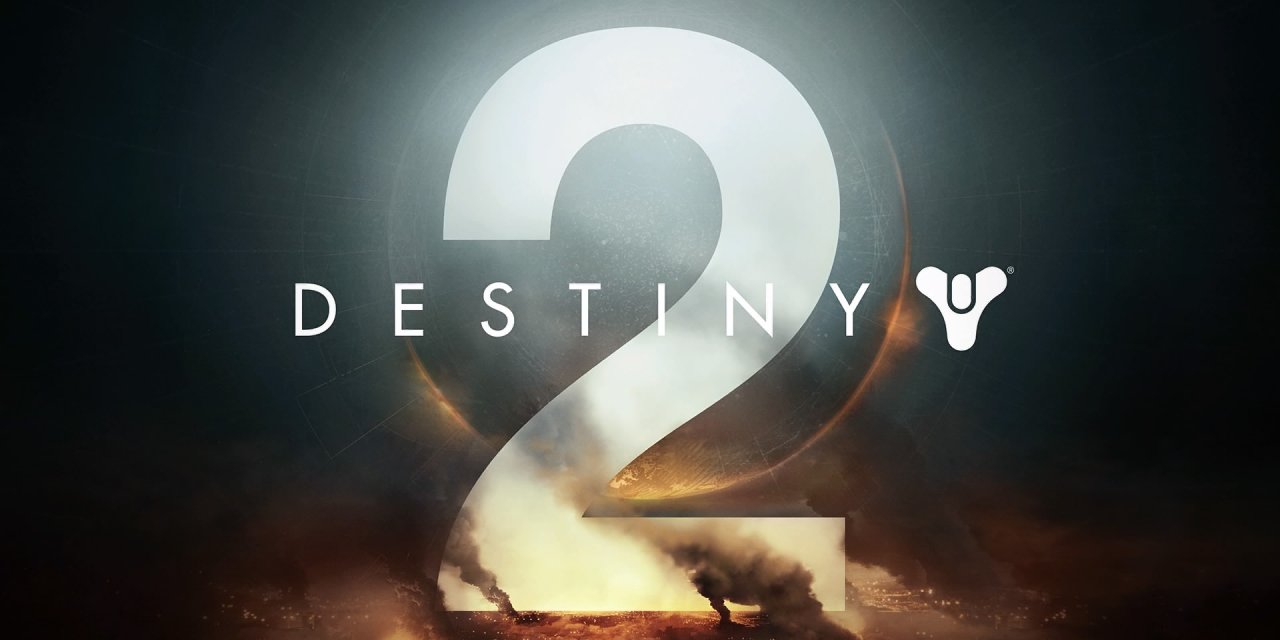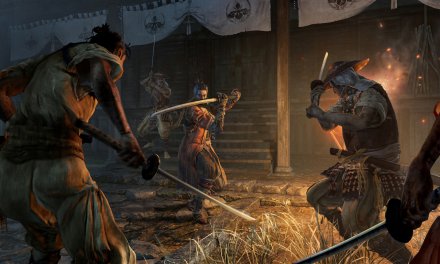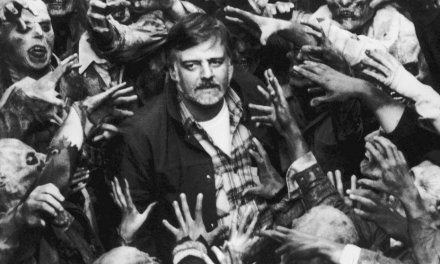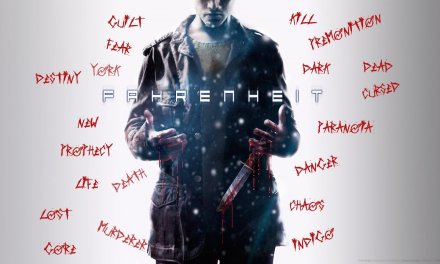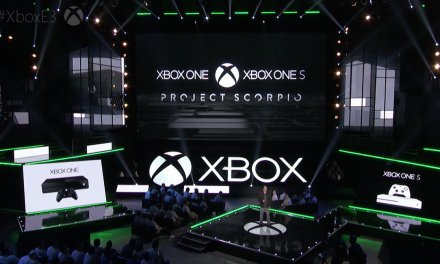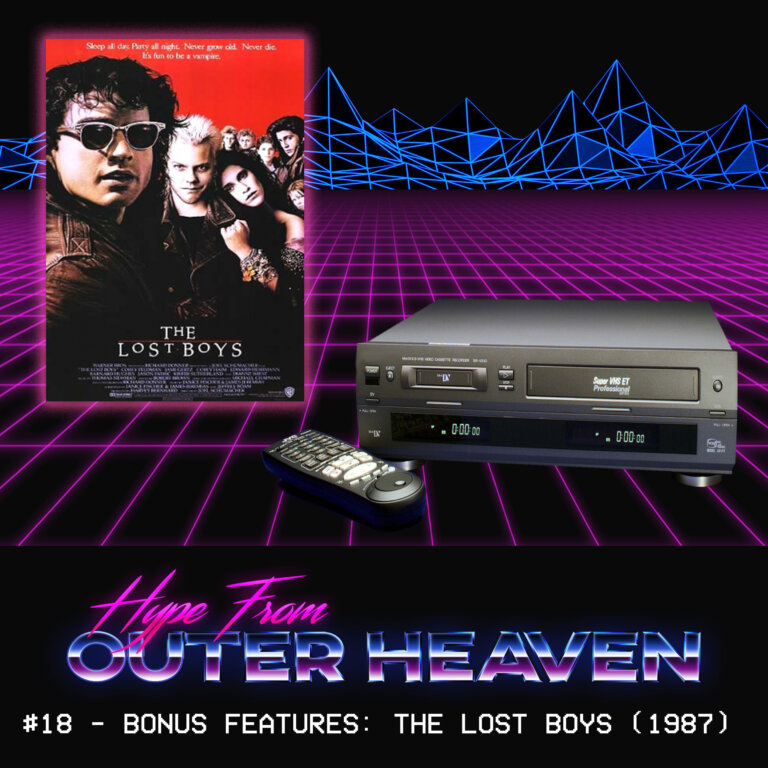“What am I supposed to put here? It’s a gun. Kill bad guys with it.”
So after months of waiting for Bungie’s cult shooter franchise to return, Destiny 2 finally launched worldwide on the 6th September for the Xbox One and PlayStation 4, offering a new cinematic adventure atop of the looter/shooter gameplay that the original has perfected over the last 3 years. After almost two solid weeks of playing as well as getting a solid feel for the new gameplay mechanics and features, I’ll be giving an in-depth of critique of all of the content on offer (including the new raid and trials mode) that can be found in Destiny 2. and while day one reviews are the norm for a lot of titles, doing that for Destiny 2 wouldn’t give the game the justice it deserves, so I’ll be doing things a little differently this time around by giving my (somewhat overlong) critique in two parts.
The Destiny 2 Beta left a somewhat lasting impression on me when I initially played it back in July of this year; while there were a number of key changes that made the overall experience feel tighter and more refined, what little content that was on offer felt a bit too similar to the original Destiny, making it hard to see the game as a new title and instead more as a DLC overhaul. However, the full retail release of Destiny 2 has put most of those fears to bed, with a number of key changes this time around that I honestly say that I wasn’t expecting. Changes such as the new patrol zones that now act as open world hubs, offering both well designed side-quests (dubbed ‘adventures’) as well as the missions for the main campaign itself. Both types of quests are intertwined well with some degree of thought, with the ‘adventures’ usually acting as personal favors or points of interest for the planet’s faction representative (like Devrim Kay in the European Dead Zone for example). On top of the stellar mission design, the patrol zones now also come with their Ubisoft-esque map markers that encourage the player to explore the map for region chests (think golden chests from Destiny) as well as dungeons known as ‘Lost Sectors’ which are an entirely new addition to the Destiny universe. The biggest change this time around however is by far the inclusion of a clear and focused narrative that trumps what little story the original had in nearly every way.
The game begins in the same way as the Beta, with you selecting one of the games three primary classes: Titan, Hunter or Warlock (which are largely unchanged from Destiny) as well as what your character looks like. Provided you met the transfer criteria in Destiny, your original characters will follow you into Destiny 2 allowing you to start the game a little bit differently to those who are starting fresh with the sequel. This comes in the form of your legacy, a side-scrolling image montage detailing your highlights from Destiny such as the climax of important quest-lines and your first raid completion, listing both the date and the original fireteam that was present upon completion. While it’s a nostalgia gimmick at best, it’s a very effective way of making your achievements feel relevant, offering a sense of continuity while simultaneously making it clear that Destiny 2 will be a completely new adventure. Your legacy also serves as a brief reminder of the story thus far, setting the scene for the narrative in Destiny 2. In terms of loyalty rewards, there are a number of emblems that are reserved for returning players (some tied to specific events that took place in Destiny) to show off your achievements, otherwise you’re right back at square one with nary an exotic in sight (I know, I’m still salty that I lost my Adept Fatebringer too).
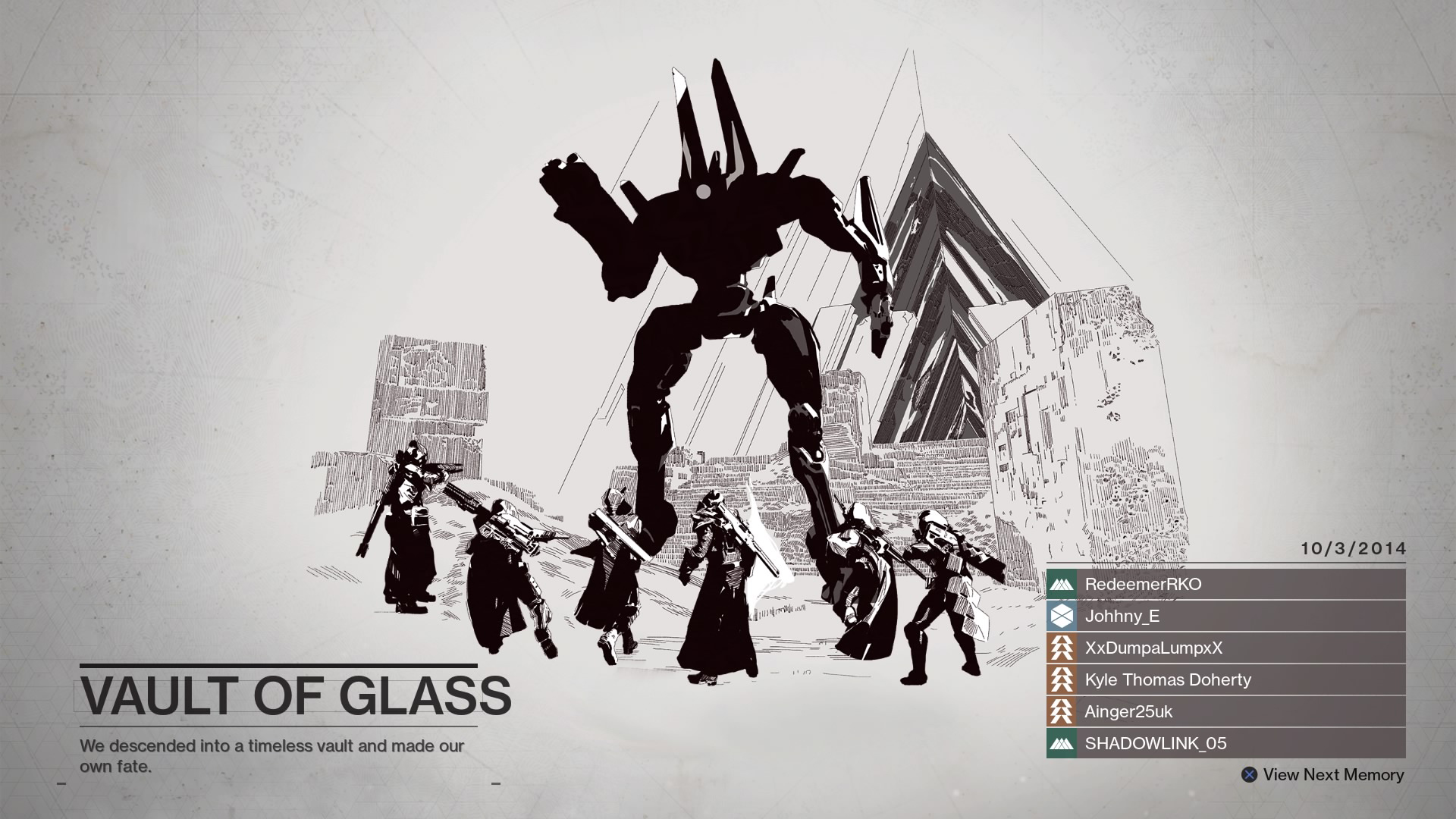
Legacy: The feature reserved for returning players that highlights key points in your journey throughout the initial 3+ years of Destiny.
The narrative begins at the tower, set mere moments before the invasion of Last City. The Vanguard set the scene with a heated discussion revolving around the Last City’s skyline defences going down showcasing Cayde-6 and his signature wit and sarcasm, Ikora Rey with her reserved but clear intelligence as well as Commander Zavala with his stone-like, unbreakable personality. The characters feel a lot more fleshed out this time around, with it being obvious that attention was made in making their personalities and motivations feel unique, further adding to the narrative. In contrast however this level of detail only extends to a select few of the game’s NPC’s, leaving your own character out to dry. Nolan North (Nathan Drake for the uneducated) reprises his role as your guardian’s Ghost in Destiny 2, having replaced Peter Dinklage in September 2015 for the Taken King expansion; also much like Destiny’s expansions your Ghost may as well be your entire personality as your character has gone from being fully voiced in Destiny’s initial campaign to a complete mute for everything else; while it does kind of feels like a step back in terms of production, it doesn’t take away from the overall experience by much when compared to the stellar design choices everywhere else.
Following the conversation at the tower Zavala realises that something isn’t right, and within a brief moment of confusion soon spots a horde of Red Legion ships heading towards the Last City. What ensues is a brief battle to repel the unstoppable Cabal force, resulting in the destruction of the tower and the binding of Traveller, causing the light that keeps every guardian alive to disappear, rendering them mortal. All of this takes place during the initial story mission that was present in the Beta, following the player guardian as he/she makes one final push against the Red Legion before they are pushed to their death by none other than the big bad man himself: Dominus Ghaul. This sets the scene for Destiny 2, sowing the seeds for a somewhat forgettable (yet essential) revenge story that will take anything from 8-10 hours to complete the first time around. Much like Destiny however, the campaign is only the initial focus for those first couple of hours, with the endgame grind for loot and upgrading ones power level taking up the bulk of time spent playing the game for most people.
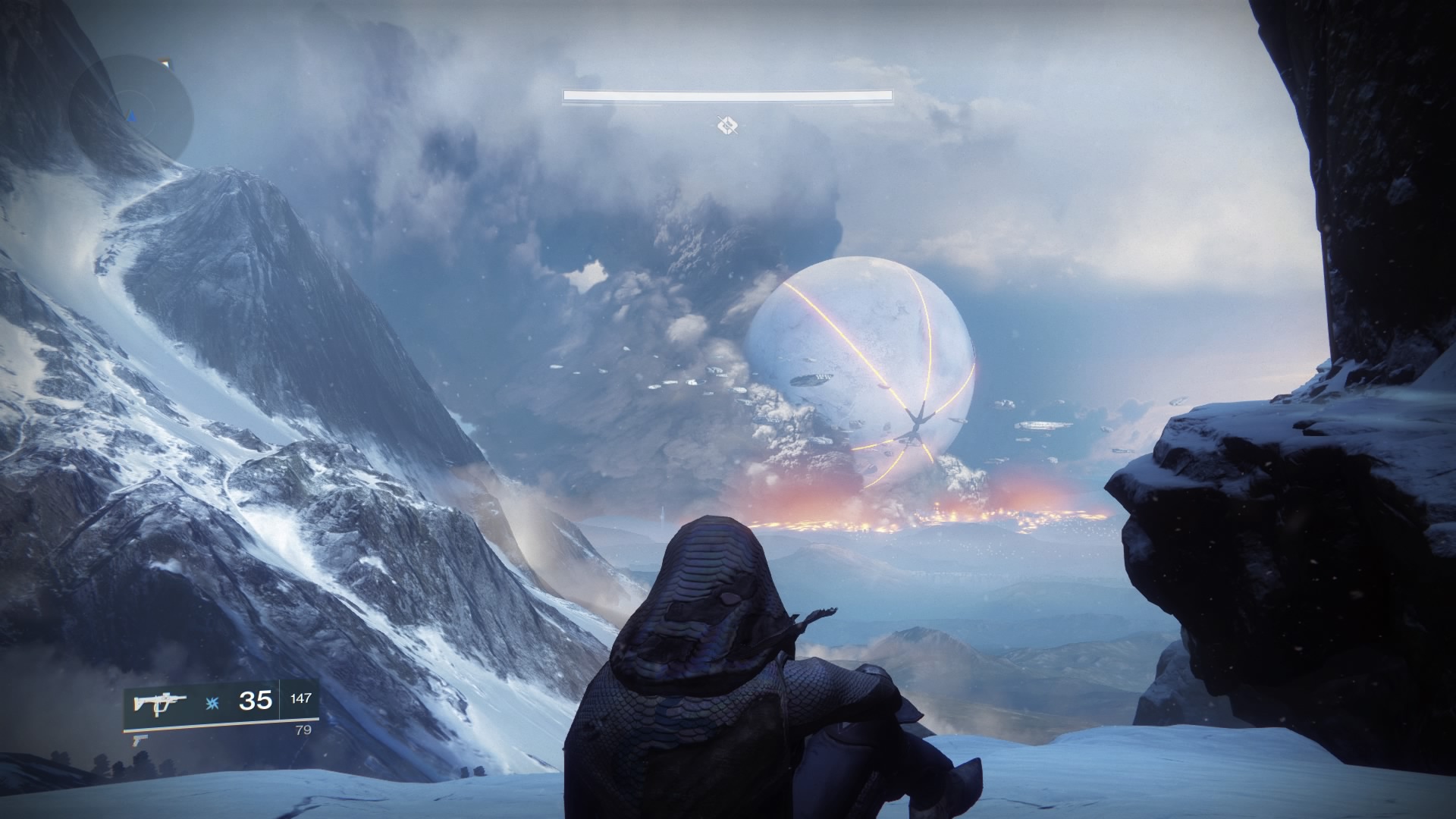
While the story in Destiny 2 won’t be winning any awards, it’s inclusion is what sets it apart from its predecessor in many different ways.
In terms of the core gameplay changes, Destiny 2 has the ability to be seen as both a recognisable sequel as well as a fresh title, able to stand on its own in terms of mechanics. A lot of the changes that have been made are in favour of making the experience feel a lot more user friendly; for example, activities such as quests and daily bounties are now classed as milestones and are all found within a side menu while navigating the director. While some could accuse Bungie of ‘dumbing-down’ the game for ‘filthy casuals’ in actuality all they have done is made the game a lot less of a slog by removing most of the unnecessary ‘back and forth’ travel that was present in Destiny. Some changes have been met with more direct criticism however, such as the new shader system. In Destiny once you had a shader installed it changed the texture and colour of any armor that was currently equipped, in Destiny 2 however shaders come as one time use consumables that can be applied to individual pieces of armor, as well as weapons, ships and sparrows. While it does offer a lot more customisation than its predecessor, something still feels remarkably off about the change, and probably has something to do with the fact that the best shaders are tied in heavily with the game’s microtransaction system (which stinks entirely of Activision). Silver makes a return from the original, and can now be used to purchase bright engrams from Tess Everis which contain the usual cosmetic enhancements as well as armor and weapon mods which offer slight improvements to gear that ultimately have very little impact on the game in the long run (just in case anyone tried to argue that Bungie was trying to implement a ‘pay to win’ system).
In terms of global improvements the overall core combat mechanics have been changed for the better. Guns will now fire with a certain amount of weight to them, making them far more believable in terms of their velocity and handling. The new subclasses are also worth a mention as they offer new ways to take down your foes; my favourite by far is the new Arcstrider class for the Hunter which allows you to devastate in close quarters with your arc staff and enhanced melee abilities, borrowing aesthetics somewhat from Darth Maul and his dual-edged lightsaber. Unfortunately each main class only has one new subclass, which I will admit was a bit disappointing. However the returning subclasses also come with their own tweaks and changes that still make them feel fresh enough for a new title, offering set combinations of solid perks (no more mixing and matching) than can completely change how the subclass works. The enemy AI has also been completely overhauled, resulting in a more challenging but believable experience; enemies will no longer just stand around waiting to be shot and will actively take cover and attempt to flank you. Each species will also act differently depending on the situation; during head on combat the Vex will come after you with reckless abandon where as the Fallen will act like scavengers and will flee at great speed should you close the gap too much. Admittedly the game does not perform as well it could do with the PS4 and Xbox One versions of the game being locked at 30fps (even on the PS4 Pro and Xbox One X) and while the game does look exceptional, 60fps has become the standardised format for many first person shooters in recent years, making it even more disappointing that Destiny 2 doesn’t live up to these standards, resulting in the the game appearing sluggish at times.
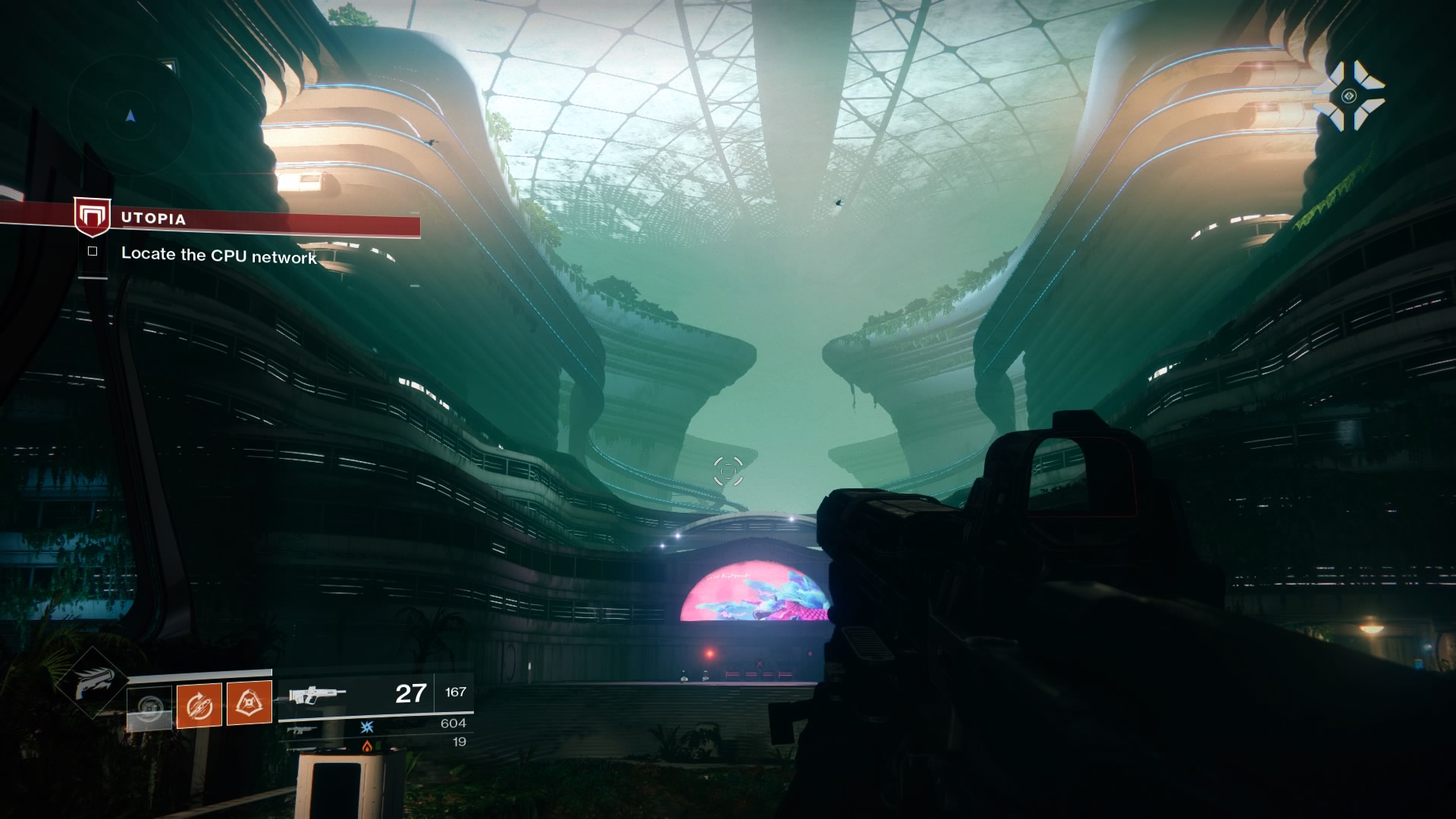
Destiny 2 is one beautiful looking game, it’s just a shame that Bungie locked the title in at 30fps across the board.
Click here for Part 2!

